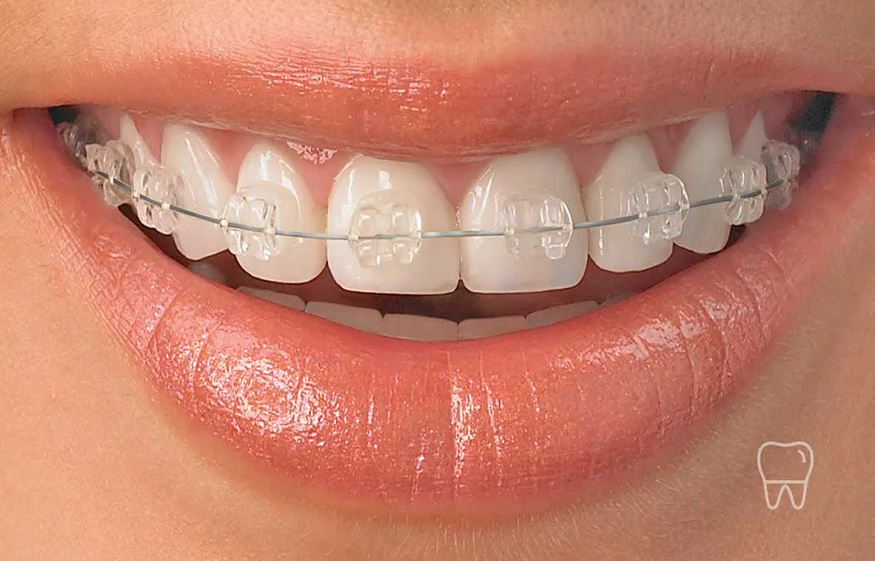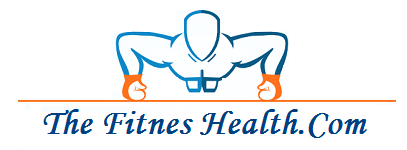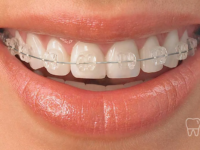What Can and Can’t Be Treated with Clear Aligners

Clear aligners have changed the way many Australians straighten their teeth. They’re discreet, removable and, for the right case, highly predictable. That said, they’re not a magic fix for every bite issue. If you’re weighing up aligners against traditional braces, it helps to know where they shine, where they struggle and what that means for time, comfort and cost.
What Clear Aligners Can Treat Well
. Mild to Moderate Crowding or Spacing
If your teeth overlap a little or there are small gaps, aligners are often a neat solution. They can nudge teeth into line with carefully planned stages. Digital planning maps the sequence, so you can see the projected end point before you start.
. Minor Rotations and Tipping
Teeth that are lightly twisted or leaning can usually be guided into a better position. Small attachments (tooth-coloured bumps) bonded to specific teeth give the aligner extra grip to rotate or tip as planned.
. Relapse After Past Orthodontic Work
If your teeth have drifted a bit since you stopped wearing retainers, aligners are a tidy way to correct that without metal brackets. These “touch-up” cases tend to move quickly.
. Some Overjet and Overbite Improvements
Aligners can reduce protruding front teeth and deep bites when the issue sits largely with tooth position rather than the jaw bones. Elastics (tiny rubber bands) may be added to guide the bite.
. Aesthetic Alignment for Special Events
Short, targeted treatments aimed at the front six teeth—often called “social six” cases—are well suited to aligners when the bite at the back already functions well.
For readers researching local providers, you’ll often see phrases like invisible braces Sydney in clinic pages and ads. Use those searches to build a shortlist, then compare experience, case photos and follow-up policies rather than marketing alone.
Where Clear Aligners Struggle or Need A Specialist Approach?
. Significant Rotations or Severe Crowding
When teeth are turned more than about 30–40 degrees or the arch is very narrow, movement may be slow or unpredictable with aligners alone. You might need extra space created by slenderising enamel between teeth or, in some cases, removing a tooth. Fixed braces can sometimes achieve these movements more efficiently.
. Large Bite Discrepancies
Underbites, open bites or deep bites driven by jaw position (skeletal issues) often need a more comprehensive plan. That could include braces, temporary anchorage devices or, for adults with severe discrepancies, jaw surgery. Aligners may still play a role, but usually as part of a combined plan overseen by a specialist orthodontist.
. Impacted Teeth
Teeth stuck in the bone (commonly canines) usually require surgical exposure and precise traction, which braces handle well. Aligners can be used before or after, yet they’re rarely the primary tool for the traction phase.
. Short, Tapered or Heavily Restored Teeth
If aligners can’t grip a tooth well, movement becomes less predictable. Attachments help, but crowns, large fillings or very small teeth can limit what’s feasible.
. Poor Gum Health or Untreated Dental Issues
Active gum disease, untreated decay or failing restorations need attention before any orthodontic movement. Aligners rely on healthy support tissues to move teeth safely.
Who Is A Good Candidate?
- Adults and teens with mild to moderate crowding or spacing
- People who value a discreet look and can commit to wearing trays 20–22 hours a day
- Those happy to manage regular hygiene, as aligners trap plaque if you snack without brushing
Compliance is the not-so-secret ingredient. Take the out for too long and teeth drift back; wear them as instructed and the plan stays on track.
What the Process Looks Like
- Assessment and Planning: Your dentist or orthodontist checks gum health, bite and tooth size. Digital scans and photos feed into a treatment plan that previews the projected movement.
- Attachments and First Trays: Small attachments are bonded; you’ll insert the first set of aligners and learn how to place and remove them without cracking a nail.
- Progress Checks: New trays arrive every one to two weeks. Reviews are usually six to eight weeks apart. Some providers use photo apps for interim check-ins.
- Refinements: Minor tweaks are common. Extra aligners fine-tune the result, particularly for rotations and edges.
- Retention: Retainers keep the new positions stable. Many people wear them nightly long term—think of it as insurance for your new smile.
What About Comfort, Speech and Sport?
Most people report a snug pressure when changing to a new tray that settles after a day or two. Speech adapts quickly, though a slight lisp can pop up at the start. For sport, the smooth plastic is kinder to cheeks than brackets; as a bonus, you can remove the trays for mouthguard use, then pop them back in straight after.
Cost and Value: What to Expect
The invisible braces cost Sydney can vary with complexity, review schedule and the number of aligners required. Simple touch-ups cost less than comprehensive bite corrections. When comparing quotes for cheap invisible braces in Sydney, check what’s included—scans, attachments, refinements and retainers—as add-ons can shift the final figure.
Some clinics also promote packages with limited trays and a short timeline. These can be fine for straightforward front-tooth alignment, less so for bite correction. Always match the package to your actual needs.
If you’re budgeting, it helps to ask directly about the cost of invisible braces Sydney in relation to your case complexity and whether refinements and retainers are included. Payment plans are common, and private health extras may contribute if orthodontics is covered.
Quick Comparison: Aligners Vs Braces
| Feature | Clear aligners | Fixed braces |
| Visibility | Nearly invisible | Noticeable (metal or ceramic) |
| Removability | Yes, to eat/clean | No |
| Hygiene | Easier to brush/floss | Requires extra tools |
| Complex movements | Sometimes slower or limited | Often more efficient |
| Breakages | Trays can crack or warp | Brackets/wires can break |
| Appointments | Short, less frequent | Regular adjustments |
Final Thoughts
Clear aligners are brilliant for many alignment tasks: closing small gaps, easing crowding, polishing the smile line and making modest bite improvements. They’re less suited to big jaw discrepancies, impacted teeth and heavy rotations unless combined with other tools. The best way to know is a proper assessment, a transparent plan and a commitment to wear time. If you’re comparing options, you’ll also come across phrases like affordable invisible braces Sydney; catchy headlines aside, the right choice is the one that safely achieves your goals under experienced care.






